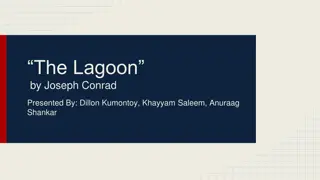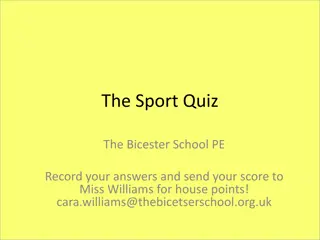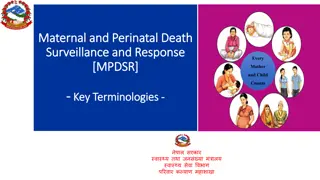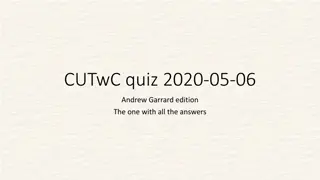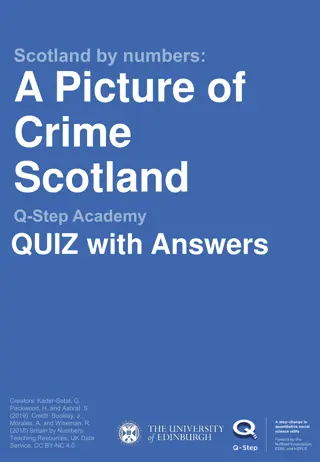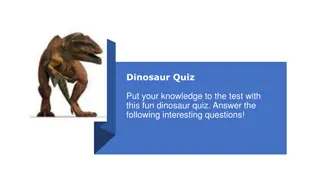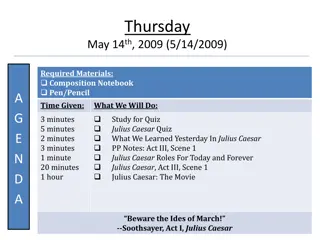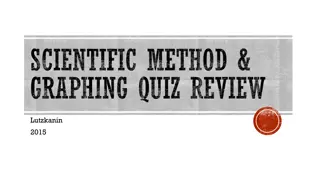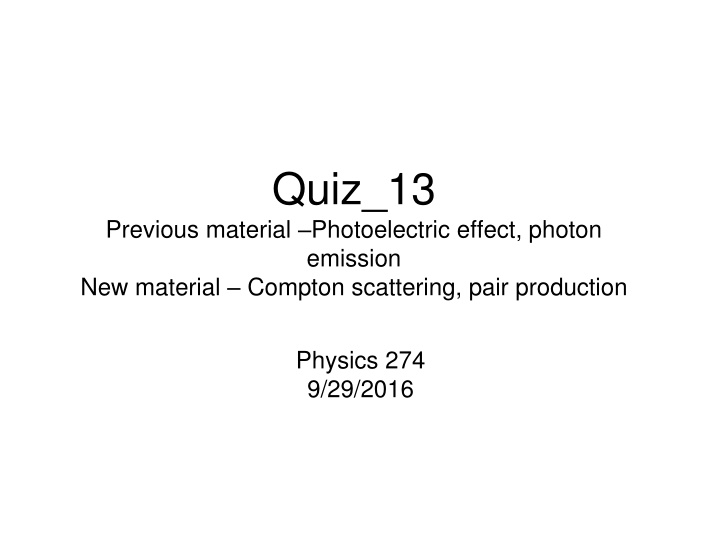
Photoelectric Effect and Pair Production in Physics
Explore the concepts of the photoelectric effect, Compton scattering, and pair production in Physics 274. Learn how to increase the kinetic energy of electrons in the photoelectric effect and understand the minimum frequency of light required for this phenomenon. Discover the implications of electron-positron pair production and more.
Download Presentation

Please find below an Image/Link to download the presentation.
The content on the website is provided AS IS for your information and personal use only. It may not be sold, licensed, or shared on other websites without obtaining consent from the author. If you encounter any issues during the download, it is possible that the publisher has removed the file from their server.
You are allowed to download the files provided on this website for personal or commercial use, subject to the condition that they are used lawfully. All files are the property of their respective owners.
The content on the website is provided AS IS for your information and personal use only. It may not be sold, licensed, or shared on other websites without obtaining consent from the author.
E N D
Presentation Transcript
Quiz_13 Previous material Photoelectric effect, photon emission New material Compton scattering, pair production Physics 274 9/29/2016
Q.1 In the photoelectric effect, how can one increase the kinetic energy of an electron coming out the metal surface? A. Increase the intensity of light shining on the metal. B. Increase the frequency of the light. C. Shine the light on the metal surface for longer time. D. Polish the metal surface.
In the photoelectric effect, the electron has to overcome an energy barrier of 1 eV = 1.6x10- 19Joule to escape. What is the minimum frequency of light in order to produce the photoelectric effect for this metal? Q.2 Given: Planck s constant = 6.626x10-34Joule- sec or 4.136 x 10-15 eV-s A. 2.41x1014 Hz B. No minimum frequency C. 1.24 x 1014 Hz D. 2.0 x 1014 Hz
Q.3 In photoemission, a fast moving electron hits a metal and generates light. The experiment results show that there is A. A minimum frequency of light is generated B. A maximum frequency of light is generated C. All frequencies of light are generated D. All wavelengths are generated.
Q.4 Electron-positron (e+ e-) pair production can occur for A. Any photon energy B. Photon energy above 2 mec2 C. Photon energy above 2.5 mec2 D. Photon energy below 1.9 mec2


